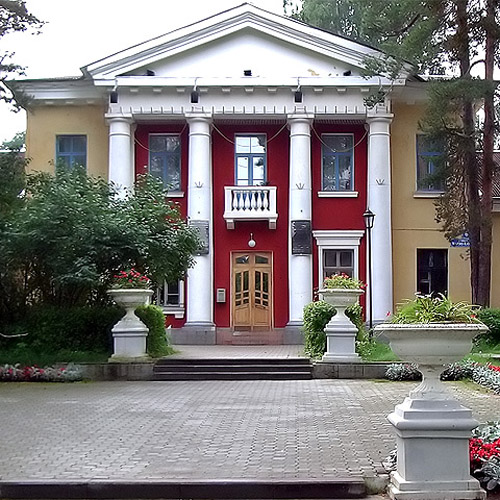Dubni
105
Db
Grup
5
Període
7
Bloc
d
Protons
Electrons
Neutrons
105
105
157
Propietats Generals
Nombre atòmic
105
Massa atòmica
[268]
Nombre de massa
262
Categoria
Metalls de transició
Color
n/a
Radioactiu
Sí
Named after the Russian town of Dubna
Estructura cristal·lina
n/a
Història
Dubnium was reportedly first discovered in 1968 at the Joint Institute for Nuclear Research at Dubna.
Researchers there bombarded an americium-243 target with neon-22 ions.
In the same year, a team led by Albert Ghiorso working at the University of California, Berkeley conclusively synthesized the element by bombarding a californium-249 target with nitrogen-15 ions.
Researchers there bombarded an americium-243 target with neon-22 ions.
In the same year, a team led by Albert Ghiorso working at the University of California, Berkeley conclusively synthesized the element by bombarding a californium-249 target with nitrogen-15 ions.
Electrons per capa
2, 8, 18, 32, 32, 11, 2
Configuració electrònica
[Rn] 5f14 6d3 7s2
The Berkeley team proposed the name hahnium for the element
Propietats Físiques
Fase
Sòlid
Densitat
39 g/cm3
Punt de fusió
-
Punt d'ebullició
-
Entalpia de fusió
n/a kJ/mol
Entalpia de vaporització
n/a kJ/mol
Capacitat tèrmica específica
- J/g·K
Abundància a l'escorça terrestre
n/a
Abundància a l'univers
n/a

Crèdits de les imatges: Wikimedia Commons (Hrustov)
The element is named after after the Russian town of Dubna, the location of the Joint Institute for Nuclear Research
Número CAS
53850-35-4
Número CID de PubChem
n/a
Propietats Atòmiques
Radi atòmic
-
Radi covalent
149 pm
Electronegativitat
-
Potencial d'ionització
-
Volum atòmic
-
Conductivitat tèrmica
0,58 W/cm·K
Estats d'oxidació
5
Aplicacions
Dubnium is used for scientific research purposes only.
Dubnium is harmful due to its radioactivity
Isòtops
Isòtops estables
-Isòtops inestables
255Db, 256Db, 257Db, 258Db, 259Db, 260Db, 261Db, 262Db, 263Db, 264Db, 265Db, 266Db, 267Db, 268Db, 269Db, 270Db